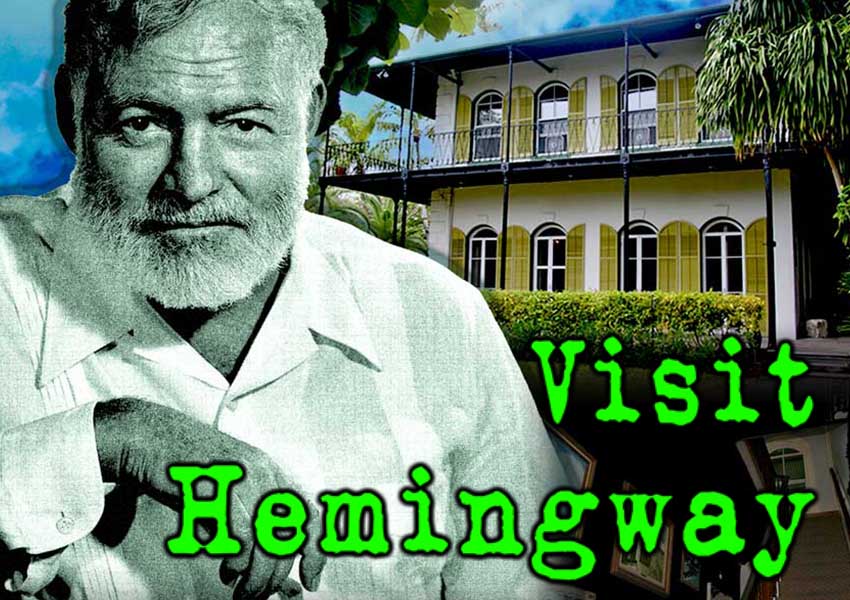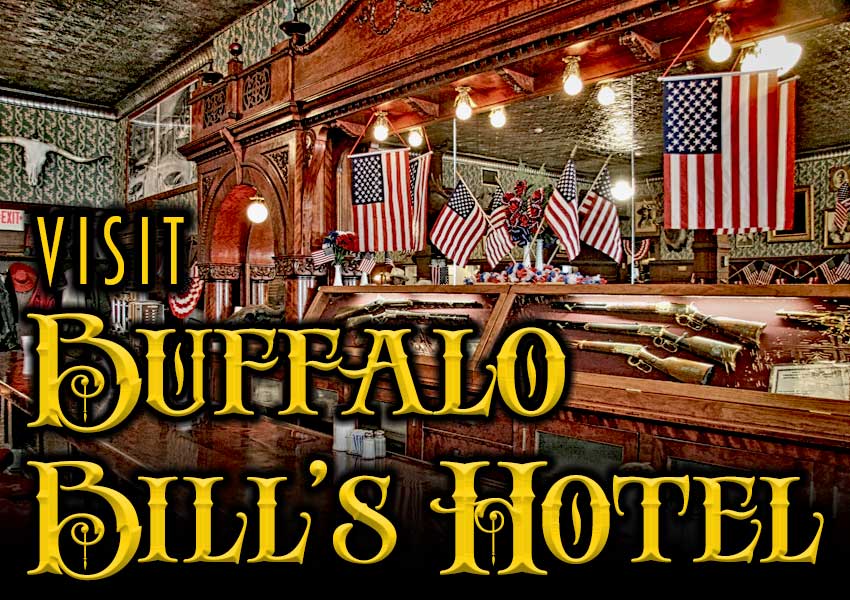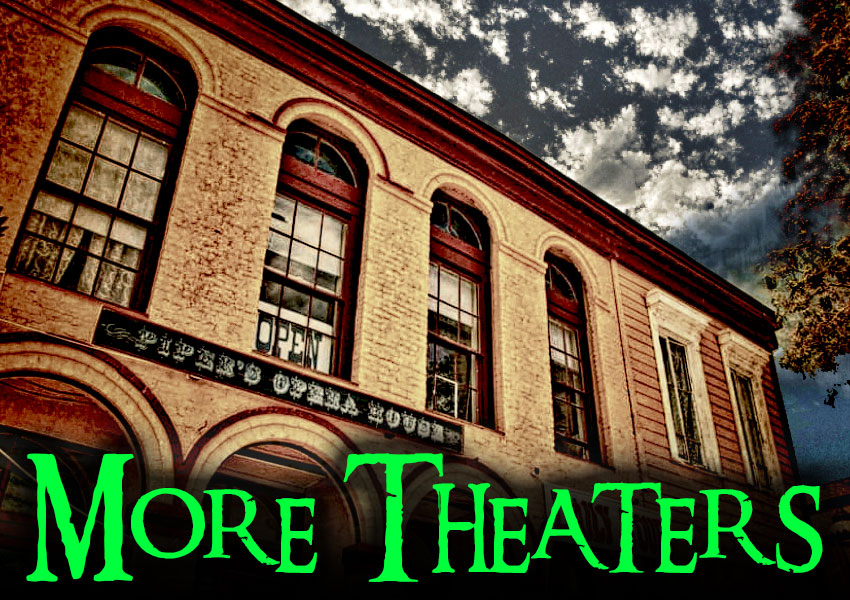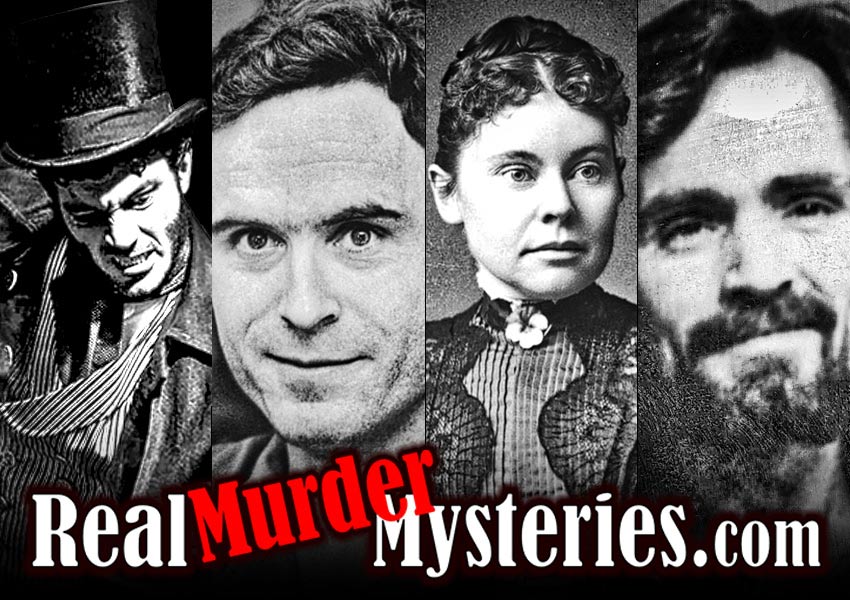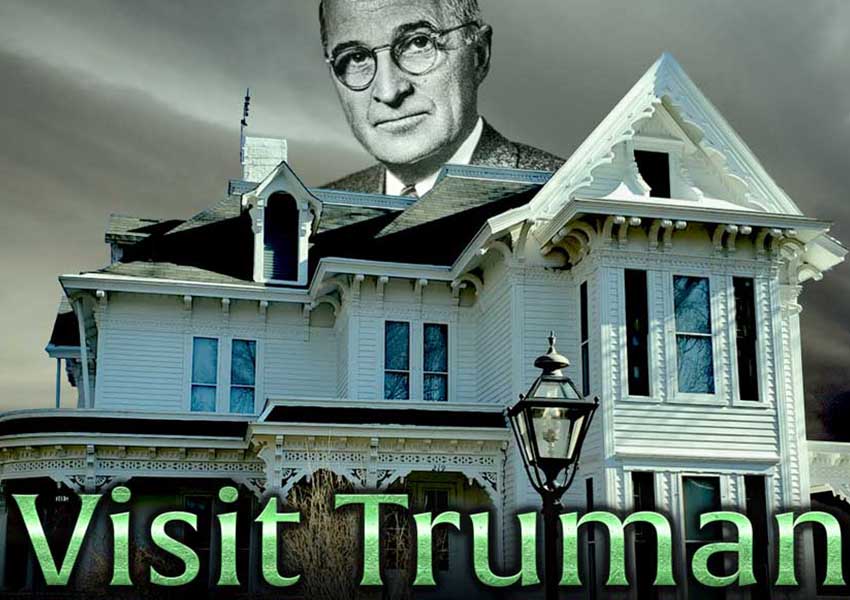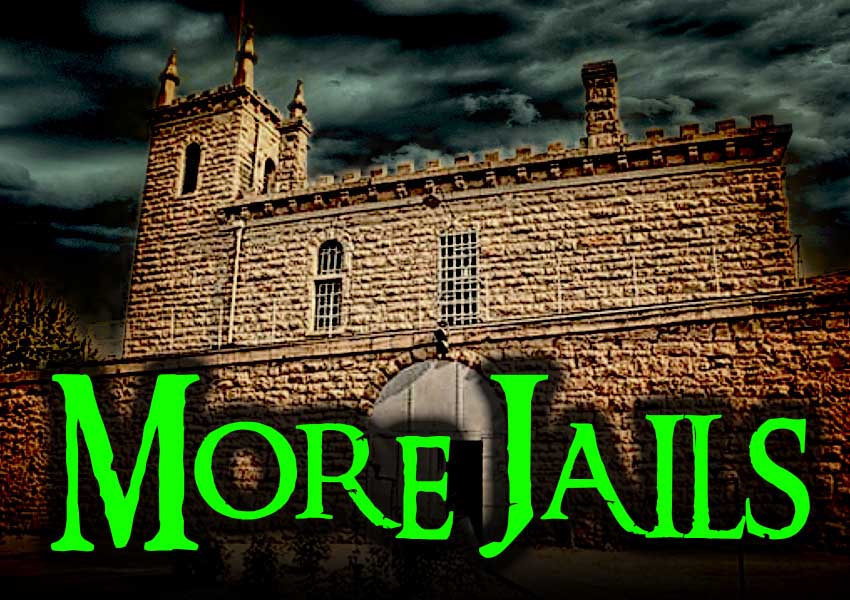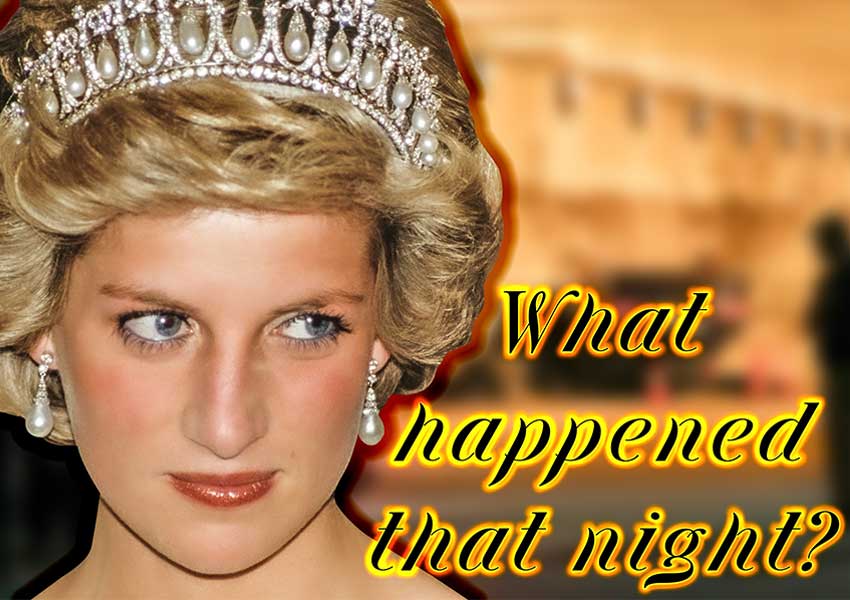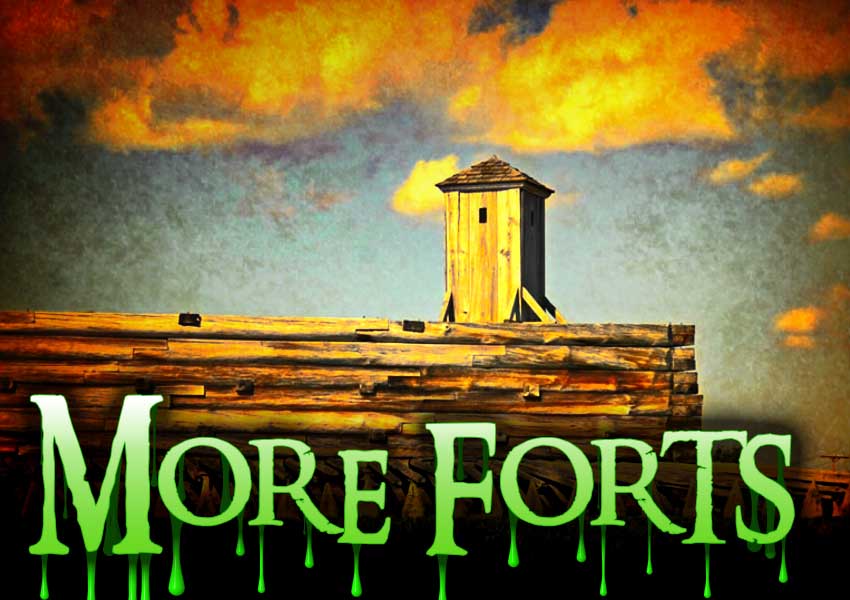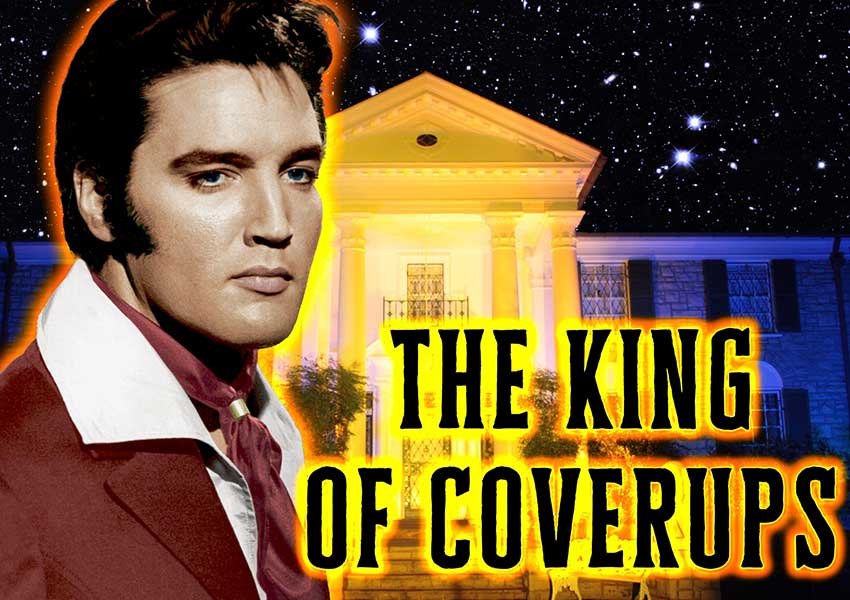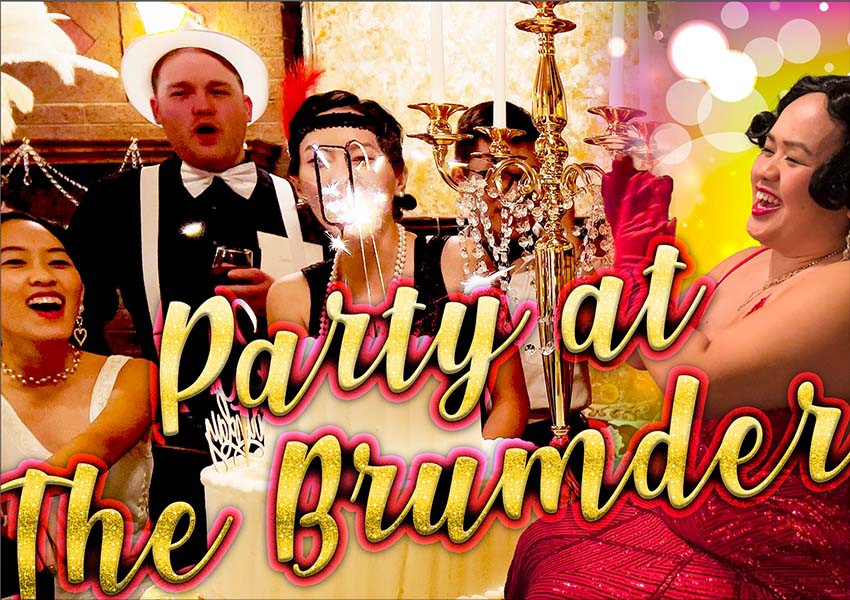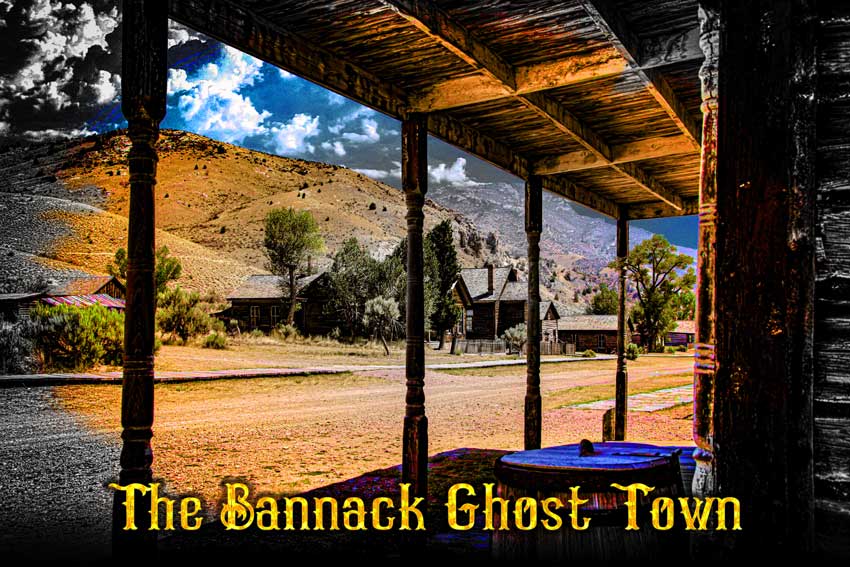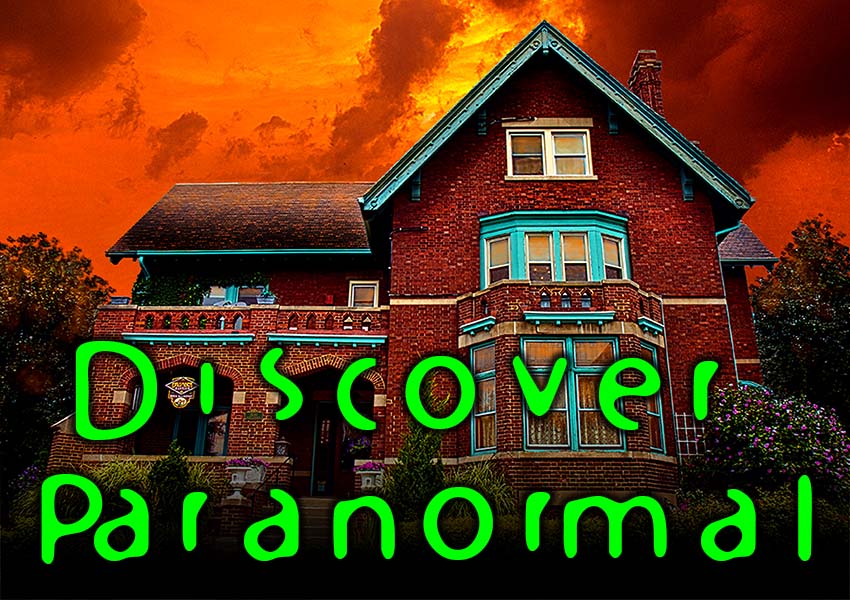Natchez Mississippi
Natchez Bluffs and Natchez Under-the-Hill Landing
This waterfront is home to spirits who behaved badly while alive,
as well as their victims and others who ran out of luck and died here.
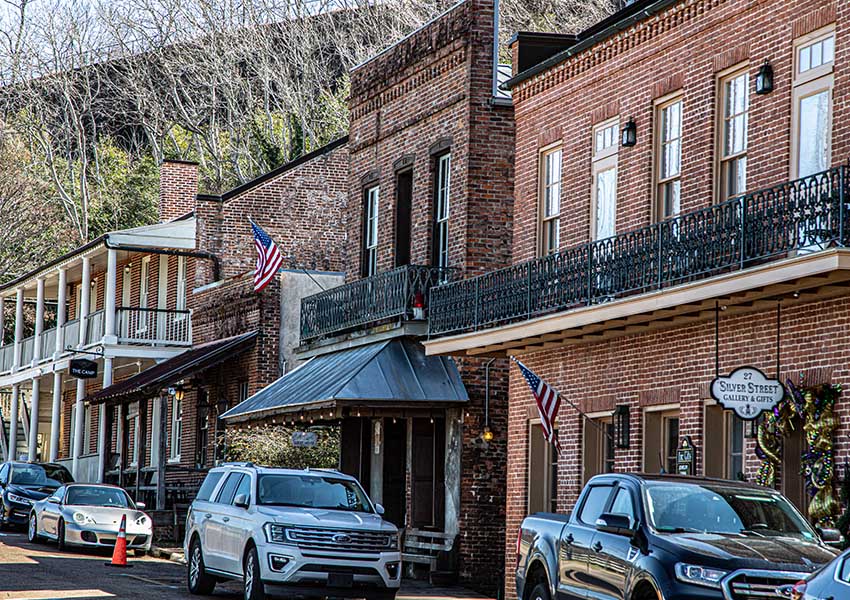
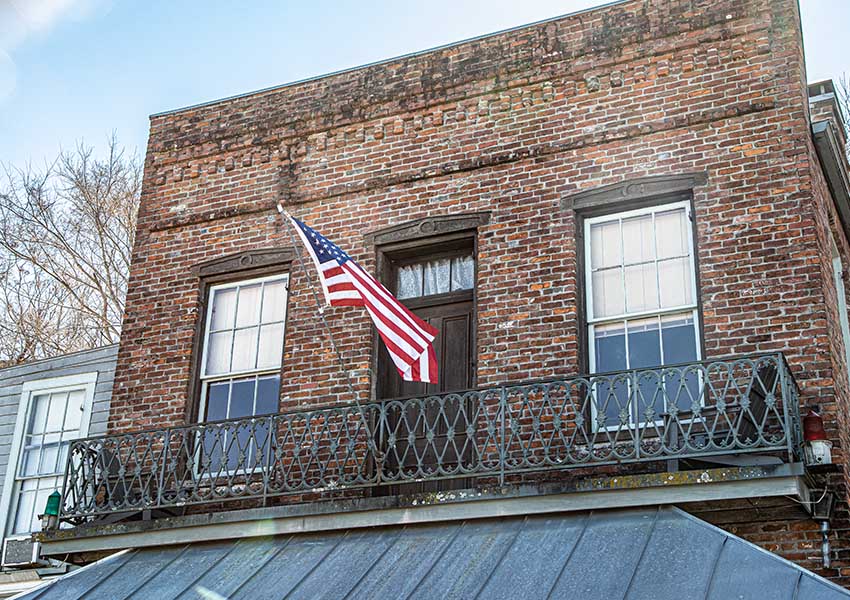
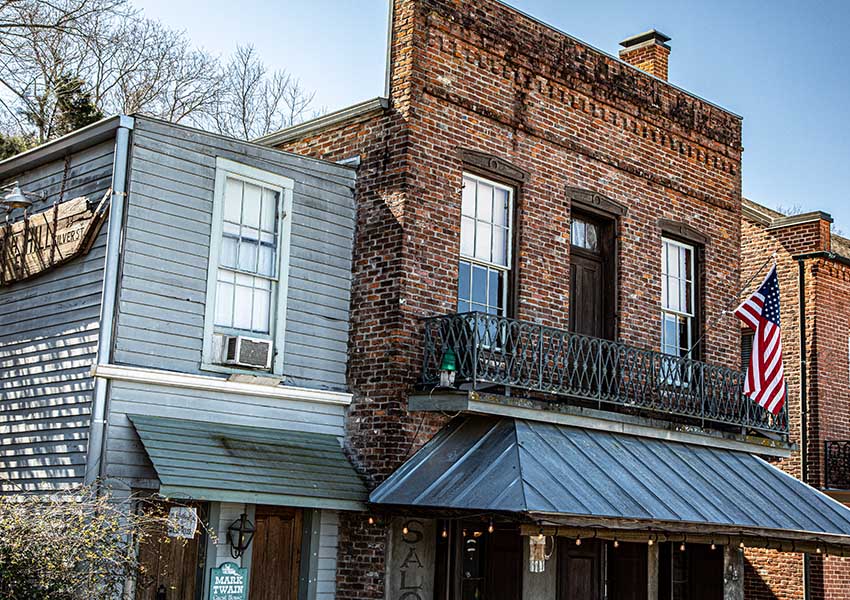
DESCRIPTION
“Natchez under the hill today is a shadow of its former self, but still attracts many visitors, as well as local folks.”
There are six one and two-story rectangular brick buildings that have been restored on its prominent road, Silver Street. The apartment that Mark Twain stayed at, now called the Mark Twain Guest House, is located on the second floor above the Under-the Hill Saloon, with its entrance at street level, sharing a wall with the saloon.
Tom and I drove down Silver Street and parked opposite of the saloon, with a great unhindered view of the Mississippi.
The Under-the-Hill Saloon building has been around for two hundred years, and has also been a brothel, a mercantile store, and a storage building, as well as saloons. It hasn’t been yuppified, revealing much of its original frontier character with a few eccentric touches. For example, to mark your visit, you can place a dollar bill on the ceiling. It is a comfortable, low-key place for tourists to get a drink and something to eat during the week, and a popular place to party during the weekends, with live music. One review posted on Trip Advisor stated that if you need quiet before 2:00 AM, this isn’t the place to stay.
The other four buildings are used for commercial endeavors as well, such as gift shops and an event center on the very end. These businesses draw people down to Silver Street, to spend money to keep them all afloat.
The third building is described by the National Register of Historic Places (NHRP) as “a narrow, three-bay structure with a “false front” embellished by a dentiled brick panel above the cornice line and carved wooden lintels over the second floor door and windows, and has an ornamental iron balustrade around the balcony.”
The fourth building is described by NRHP as being an almost-Federal style building that has fancy architectural delights, “accented by stepped gables, dentiled brick cornice, soldier coursework over the second-floor fenestration, and decorative anchor irons and grille attic vents.”
The Natchez landing is still used by a few commercial shrimp fishermen. There is also a repair barge for river tugs that break down and need emergency service.
Gambling is still alive and well on a stationary old riverboat, located all the way down the river front, east of Silver Street. It has a road that makes it easy to reach from uptown Natchez.
The Devil’s Punch Bowl is a privately owned large bowl-shaped indentation that drops two hundred feet from Cemetery Road, about a half mile north of Natchez and has historical connections to Natchez Under-the-Hill. Being hard to enter, it was the favorite place for the burial of ill-gotten gains, for hideouts of pirates, and a private place to murder their victims. Today, it is an untouched place, full of ferns, and forests of hardwood and peach trees.
HISTORY
Mark Twain, in his 1883 book, Life On the Mississippi, gave a description of Natchez-Under-the Hill that illustrated its character. “It has not changed in sixty; for it is still small, straggling, and shabby. It had a desperate reputation, morally, in the old keel-boating and early steam-boating times–plenty of drinking, carousing, fisticuffing, and killing there, among the riff-raff of the river, in those days.”
Its Beginning
This riverfront property was much wider in 1700, when French explorer Pierre Lemoyne d’lberville discovered this great location for a port town, during his exploration of the Mississippi River.
The Natchez Native Americans had settled there for generations but lost some of their land to the French, who started their own village that grew to two hundred and thirty-two men, women and children.
The location became a very successful hub for river traffic, taking French farmer’s produce to market, unfortunately at the expense and abuse of the Natchez tribe.
On November 28th, 1729, French inhabitants were massacred by angry Natchez tribe members. As a consequence, the Natchez tribe was forced off their land and wound up being moved westwards across the river.
Because of the decline of French farmers in the area, the landing lost its luster, and became a mere way station for those traveling on the river.
When England won the Seven Years War, the area became a British-held outpost for sixteen years.
Under the British, Natchez-Under-the-Hill began its existence as a river port in the mid 1700s, which grew into the village of Natchez.
During the Revolutionary War, the village changed hands, with the Spanish taking control. They managed the area until 1798 and stationed their troops there.
At this time, the village of Natchez was still located at the bottom of the bluffs, consisting of twenty frame and log houses, and four stores that were built on the river’s exposed dry bed.
Upper town Natchez had begun, with just two or three houses on top of the bluffs. In 1789, it began to grow, though it was still secondary to Natchez-Under-the-Hill.
By 1807, Upper town Natchez became the prominent place to live, and the seedier elements of Natchez-Under-the-Hill took over completely as taverns, brothels, and commercial businesses sprung up, unhindered by respectable people.
Boatmen, gamblers, river and land pirates, and prostitutes populated the port, of which one English traveler wrote about in 1810:
Natchez-Under-the-Hill was “far from agreeably impressed with the general appearance of the buildings….”
Out of the three streets that once existed here, Silver Street was the artery “which terminates at the ascent of the hill, runs parallel with the river, and is lined on either side with a row of old wooden houses…. extending along the Levee to the north, commences the mercantile part of the landing, lined with stores and extensive warehouses which is transacted a very heavy business.”
Farmers and traders would float down the Mississippi on flatboats to sell their items to middlemen of the Natchez Under-the-Hill mercantile businesses, who in turn would distribute their items to other towns.
Flush with profits, they would sell their flatboats and start walking up the Trace Pathway, beside the Mississippi River through several states to go home. The criminal element moved in as well. Uh oh!
As law enforcement was nearly nonexistent, river and land pirates would rob and kill them. When steamboats made their appearance in 1810, passengers would be accosted when they stepped off the boats.
These violent fellows felt that they could get away with their murderous deeds.
Eventually, their bloody handiwork caught up with them, and they themselves met grisly ends, died in prison, or were hanged.
Land Pirates
Samuel “Wolfman” Mason started his adulthood as a hard working honorable man, who was an officer during the Revolutionary War. He settled in Pennsylvania, married the love of his life, and had eight children while living on their farm.
Unfortunately, he found himself underwater financially, and started down the road of crime, stealing from neighbors, which led to his becoming a highwayman and pirate, along with four of his sons. His motley crew attacked boats and merchants walking along the Trace pathway. His robbing and killing lasted twenty-one years, until a bounty of 2000 dollars “dead or alive” was offered to rid society of him.
Brothers Micajah and Wiley Harpe have been described as “remorseless butchers” on the level of serial killers who enjoyed taking lives, sometimes in sadistic ways. After they tied one naked robbery victim to his horse, and scared the horse over the bluffs, they were kicked out of Samuel Mason’s gang. Some time later, Wiley got his revenge by cutting Sam Mason’s head off. But when he turned in the head to get his reward, Wiley was recognized and hung.
Micajah and his gang were befriended by a woman who offered to cook them a meal. They offered to look after her young baby while she cooked. They slit the baby’s throat but waited until she served their meal before killing her too. When her husband returned and discovered the slaughtered bodies, he raised a posse and captured Micajah. He cut off Micajah’s head while he was still alive. The husband nailed the head to a tree, as a warning.
John Thompson Hare had murdered over one hundred people, and was described as being a brutal and cruel man, a dandy, a fearsome fighter and a blackhearted thief. He was hanged in 1818.
John Muriel was a land pirate and scammer who plotted to incite a large slave revolt in 1830. He had dreams of establishing a robber empire by recruiting freed slaves to join his band of highwaymen. He took advantage of “freed slaves,” involving them in one of his deceptions, having them re-auctioned, until they were recognized. Once they lost their value, Murrel would kill them, and move onto the next already-freed sucker.
He and his gang were caught. Twenty of them were executed, and he was given a ten year sentence in the Nashville Pen, where he caught TB. After being released, he died of consumption.
 During the first half of the 19th Century, the tolerance for murder, robbery and the sex trade began to strongly wane in favor of law and order, for several reasons. A well-established stage route and an increase in steamboat commerce, made it clear that respectable mercantile firms and hotels needed to be able to exist amongst all the under-class establishments.
During the first half of the 19th Century, the tolerance for murder, robbery and the sex trade began to strongly wane in favor of law and order, for several reasons. A well-established stage route and an increase in steamboat commerce, made it clear that respectable mercantile firms and hotels needed to be able to exist amongst all the under-class establishments.
It became very apparent that Natchez-Under-the Hill needed periodic cleaning out its undesirables. Vigilantes mainly forced prostitutes to leave on flatboats.
Nature stepped in to help in two ways. Besides the problem of erosion of the landing caused by the river, the 1840 tornado did the most effective job in turning its reputation around.
(https://npgallery.nps.gov/NRHP/GetAsset/NRHP/72000685_text)
Newspapers reported that “the landing was devastated, with 400 lives lost and over one hundred flatboats, two steamboats, a ferry, and numerous buildings destroyed by strong winds and waves ten to fifteen feet high. Although the lower town, like the upper, recovered in time, it thereafter increasingly reflected the interests of legitimate business operations.”
The Confederate Army briefly held the landing until Natchez surrendered to the Union without a fight. After the Civil War, Under-the-Hill started its gradual economic decline.
Though the use of steamboats lost its appeal due to the introduction of the railroads, trucks and highways, the landing held onto the ferry operations to keep it viable. However, this last hope was terminated when the Natchez-Visalia bridge opened in 1940.
The last ace in their hand was Natchez’s historical appeal to tourists, and apparently to historical organizations. In 1972, it was listed on the National Register of Historic Places and became part of the National Park Service Historic District.
Money to restore the last six buildings was available, preserving them and the Under-the-Hill property.
HISTORY OF MANIFESTATIONS
People who find themselves sinking into underclass life through no fault of their own, and wind up having an unhappy end at the bottom of earthly existence, can’t let go of their grief, anger and disappointment.
Red Onion Saloon, AK (Women who found themselves destitute were forced to join brothels in order to eat and save money to leave).
Shanghai Tunnels, OR (Ordinary people, both men and women, were kidnapped and sold to ships and brothels if they survived their captivity in these notorious tunnels).
Natchez Under the Hill, MS (Freed slaves in great numbers came to the Union soldiers looking for help. There were too many to help, so all the former slaves were fenced in a big area in the Devil’s Punchbowl, where most of them starved to death from inadequate food, or disease from tainted water. They were buried in unmarked mass graves).
(A young lady named Louise, came to Natchez Under-the-Hill to meet her beloved to get married. She found out either that he had been killed or was already married. Finding herself destitute, she wound up working as a prostitute in one of the brothels, where she died. Whether it was the brothel doctor, or a local plantation owner, or a Natchez reverend, she was buried in the Natchez Cemetery with “Louise the Unfortunate” carved on her headstone).
Victims of violent murder are sometimes stuck in their grief and anger over losing their lives in such a manner, so their spirits hang around where they were killed. Sometimes they have regrets or guilt about what they think they did to wind up victims of such villainy.
Lumber Baron Inn, CO (Two young women were brutally murdered, and their spirits still reside in the mansion, waiting for justice).
DuPont Mansion, KY (Alfred Victor DuPont’s secret lifestyle choices got him into some real trouble. As a spirit he tries to make amends while still giving unwanted attention to women).
Natchez Under the Hill, MS (The mistress of land pirate Joseph Thompson Hare was caught sleeping with another man. She was buried alive near the Devil’s Punchbowl, wearing the jewelry that Hare gave her. She may regret her unfaithfulness and feels guilty. Because of her behavior she was buried in unconsecrated ground).
(Many people were brutally murdered and robbed).
People who did horrible things to other human beings are sometimes afraid of what awaits them in the spirit world, so they decide to stay, or find themselves stuck in the same place as their victims.
Old Faithful Inn, WY (Both the murderer and his victim are stuck here for different reasons. The mournful spirit of the headless bride wanders around holding her head in her hands, while the spirit of her murderer is stuck trying to find her, perhaps to ask for her forgiveness).
Mission San Miguel, CA (The spirits of a heartless, greedy gang of robbers, who murdered every living person for the elusive cache of gold are forever stuck, in the same place as the spirits of their victims, still trying to find the gold).
Shanghai Tunnels, OR (The spirits of nasty kidnappers called Crips are stuck in these tunnels where they kept their kidnap victims. They have red eyes, a sign of their damnation, according to a medium).
Natchez Under-the-Hill, MS (The Harpe brothers, John Thompson Hare, John Muriel and Sam Mason, were all unrepentant doers of despicable, evil deeds for self-gain. Their spirits are stuck along with their many victims, perhaps “damned for eternity to wander the streets of Natchez”).
Spirits of soldiers who die while at or near their military stations like to stay where they served.
Fort Delaware, DE (Spirits of soldiers who died while serving are still on duty).
Fort Ticonderoga, NY (The spirits of soldiers who died of disease or from battle wounds, still reside here, trying to finish their tour of duty, by attending to their regular duties).
Fort Abraham Lincoln National Park, ND (The spirits of soldiers who died at the Battle of Little Bighorn like to reside in their old barracks, while officers play pool at the authentically reconstructed Custer House).
Natchez Under the Hill, MS (The spirits of Spanish soldiers still call Natchez Under-the-Hill their afterlife home).
Spirits sometimes can’t let go of things that are most important to them, so they guard them.
Harper’s House, WV (The spirit of Mrs. Harper still looks out the window of her home, keeping an eye on the spot where she buried the family money in the garden).
Redwood Library and Anthenaeum, RI (The spirit who donated a rare collection of books helps to monitor them to be sure they are not stolen again).
Audubon House, FL (The original owner still guards spots in the garden where he buried his loot from his pirate days).
Natchez Under the Hill, MS (Spirits of the land pirates like to keep an eye on the locations where they buried their stolen loot).
MANIFESTATIONS
The Spirit of Louise
She mourns for all her losses: loss of her beloved, her loss of money, the loss of the kind of life she wanted, and her permanent disgrace for working as a prostitute.
Her apparition has been seen, floating down Silver Street, crying.
In the Natchez Cemetery, she has been seen standing in front of her gravestone, crying.
The Spirits of Soldiers
They wander around Silver Street, and may visit the saloon, perhaps teasing the living staff for chuckles.
The Spirit of John Murrel
He has been seen hanging around the Devil’s Punch Bowl where he felt safe, and where he buried his loot.
He may visit the saloon to have a drink.
The Spirit of Sam Craven Mason
He is not a happy spirit, stuck in his own regrets.
He mourns his death and perhaps his turn from respectability, in the area where he was murdered himself.
He may feel guilt for getting his boys into the life of crime as well, and shortening their lives.
He also stops by to have a drink at the saloon, walks the Trace Pathway, and keeps an eye on his loot at the Devil’s Punch Bowl.
The Spirit of John Thompson Hare
He has no regrets about his end or how he lived his life.
He has been heard laughing out loud as he visits places he loved while alive, remembering all the good times.
He has been seen at the Devil’s Punch Bowl, Silver Street, the Trace Pathway and of course the saloon.
The Spirit of Hare’s Mistress
For many years, her spirit has appeared in front of people, offering them her gold jewelry if they dug her up and buried her in a cemetery.
Her spirit has received forgiveness from Hare in the afterlife, and he has probably apologized to her for killing her.
Their apparitions have been seen walking Silver Street holding hands.
The Spirits of Land Pirate Victims
Their apparitions are still seen trying to walk home on Natchez Trace Pathway’s 444-mile pathway.
They may relive their terror of being robbed and murdered.
The Spirits of the Freed Slaves
These spirits may relive their slow death in the Union Army’s concentration camp in the Devil’s Punch Bowl.
They may wander around the area where they were held, still looking for a way to escape.
As the Devil’s Punch Bowl is now private property, no one is allowed inside, and the owners have no plans to develop it. It is like a memorial to all the victims who died here, including the freed slaves who were starved and poisoned by contaminated water.
PARANORMAL FINDINGS
People who visit or work in Natchez-Under-the-Hill, or walk the old Natchez Trace Pathway, have had a boatload of experiences for many years.
Paranormal investigators have caught hard evidence here, though I couldn’t find it online.
STILL HAUNTED?
Yes Indeed! There are many restless spirits of both victims and their killers still residing in this area, in a variety of moods and levels of determination.
LOCATION
25 Silver Street
Natchez, MS 39120
Natchez Under-The Hill is located on Silver Street that starts on top of the Natchez Bluffs down to the landing, its building and Natchez Trace Pathway.
SOURCES INCLUDE
- Haunted Natchez, by Bud Seed, published by Haunted America, 2012
- https://npgallery.nps.gov/NRHP/GetAsset/NRHP/72000685_text
- https://www.legendsofamerica.com/ms-natcheztracelegends/
- https://exemplore.com/paranormal/witch-trails-and-land-pirates
- https://www.onlyinyourstate.com/mississippi/under-the-hill-saloon-ms/


